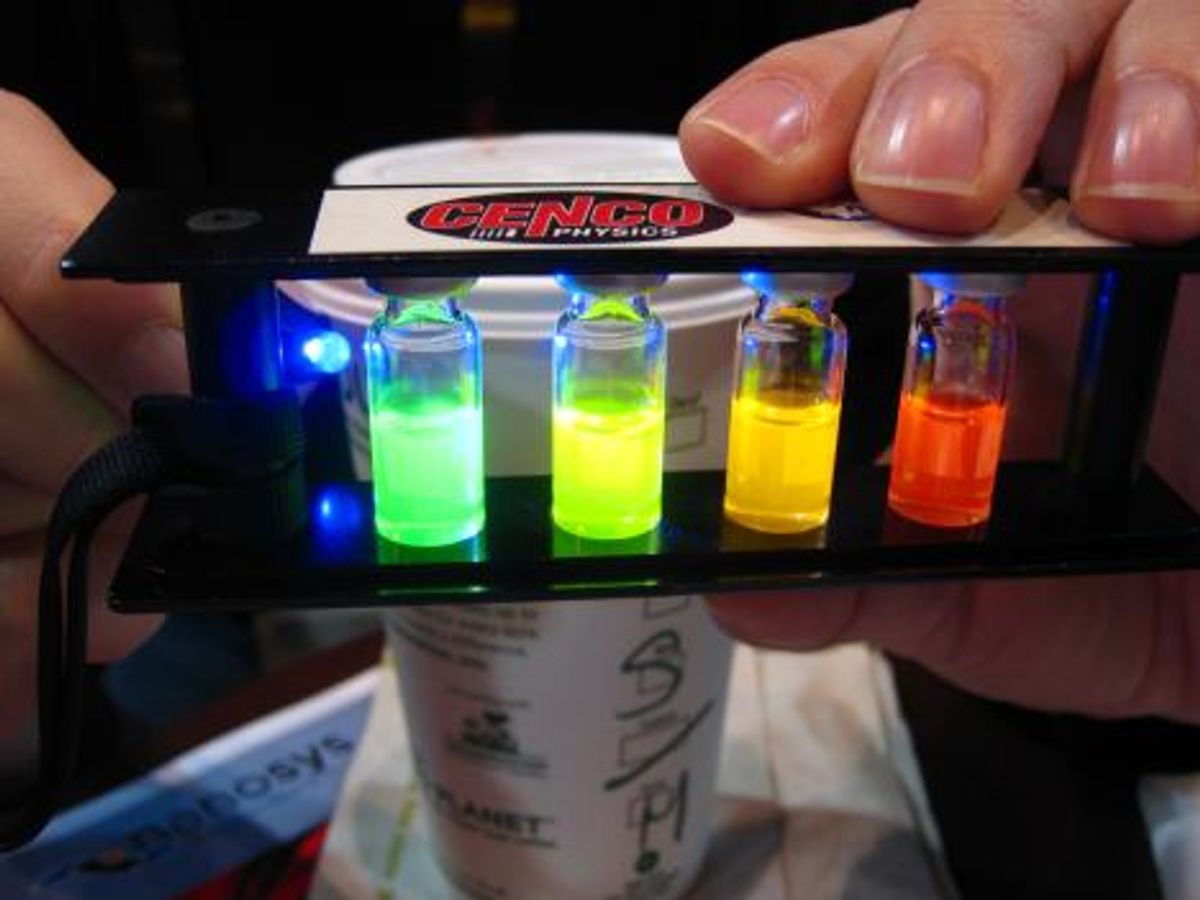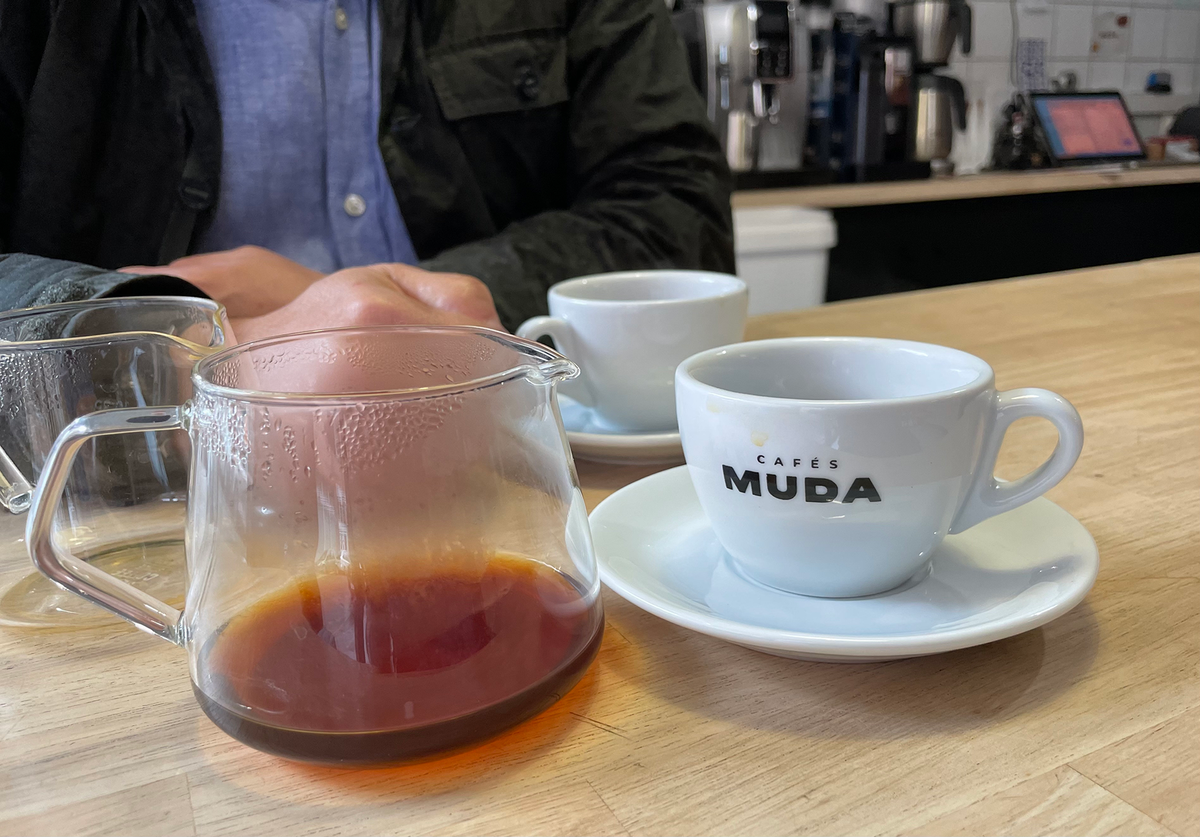Pallab Chatterjee, the vice chairman of the IEEE San Francisco Bay Area Nanotechnology Council, recently penned an article for Electronics Design, Strategy, News (EDN) in which he details the recent announcement that Nanosys Inc. has succeeded in selling its QuantumRail lighting system to LG for its mobile phone applications.
The over arching lesson is, of course, if you are a start up you won’t get very far just trying to sell a nanomaterial, but with a device or an entire soup-to-nuts manufacturing process you stand a far better chance of success.
If you go back to one of the first real nanotech success stories, that of Nano-Tex, David Soane didn’t just rely on the idea of how to change the properties of fabrics at the nanoscale but developed the entire process for doing it and in particular he picked an industry for his innovation that was not as closely regulated as other industries.
It appears that this was the key to Nanosys’ recent success as well, as Nanosys’ Victor Hsia commented to my blog post: “Nanosys provides process ready, architected material solutions to the market. As an example of this, Nanosys synthesizes quantum dot phosphor material, which is subsequently packaged in a form called a Quantum Rail. The Quantum Rail is easily integrated into today’s LCD display manufacturing process.”
Another of the key features of both Nano-Tex’s and Nanosys’ success is that textiles and image displays are not heavily regulated like that of say the healthcare industry.
This brings me to Dr. Chatterjee’s second thesis in his article, which is that much of the development we are currently seeing in what he terms the “traditional DSM (deep-submicron)-IC industry” is being reflected in nanomedicine, specifically medical diagnostics.While this is a keen observation, we are not likely to see innovations so easily introduced into this industry. The built in obstacles to commercially launching any innovation in health care-related applications will result in it taking longer to see developments in these markets. So we better be prepared in some cases to hold our breath longer than 8 to 10 years.
Dexter Johnson is a contributing editor at IEEE Spectrum, with a focus on nanotechnology.




